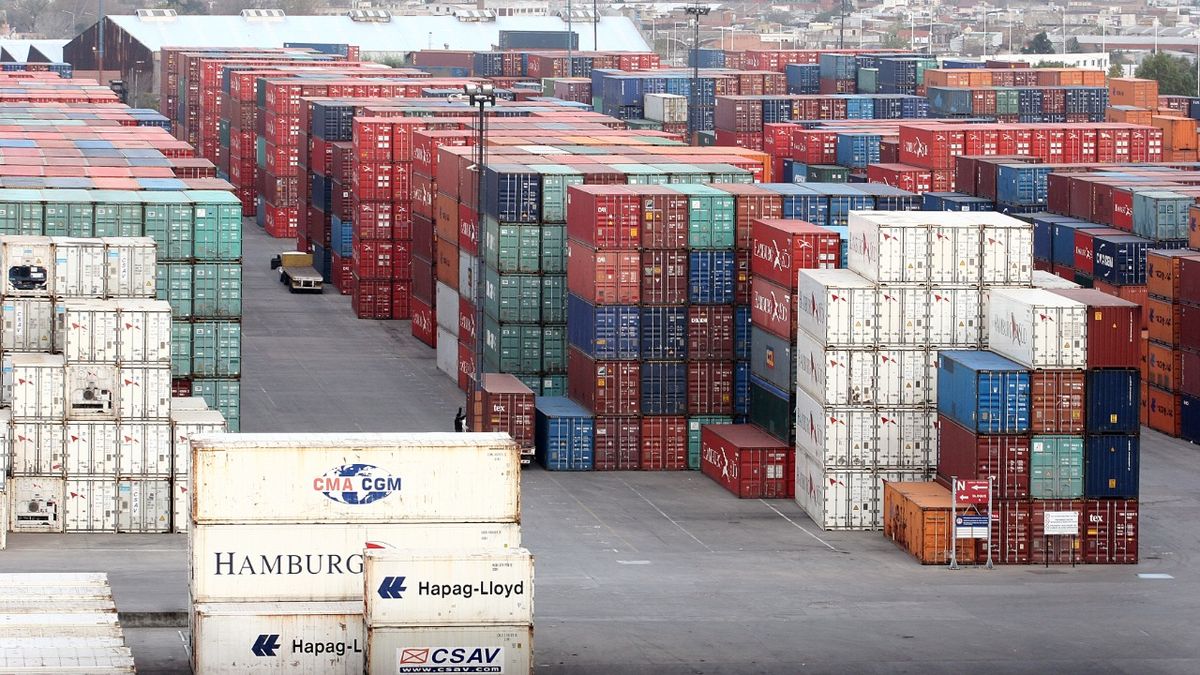According to private estimates, Last month foreign trade would have left about US$1,000 million product of exports for about US$6,000 million and imports for US$5,000 million. With this, the balance would reduce the loss so far this year to about US$300 million.
As indicated by the consultancy LCG, both purchases and sales of goods would have dropped 25% last month. In the case of shipments abroad, the problem is especially concentrated on the effects of drought, which plummeted foreign exchange earnings this year to almost half of what had occurred in the same month last year. On the other hand, imports are tied to the availability of foreign currency generated by shipments abroad.
Even with the validity of the soybean dollar 3, export operations did not pick up. Although it is estimated that some US$2.4 billion entered through this channel, with a couple of weeks to go before the closing of the program, the Central Bank was barely able to keep 10%.
In the first three months of the year, foreign trade left a deficit balance of US$1,290 millionwhich is made up of a red of US$443 million in January and another of US$1,059 in March, partially offset by a surplus of US$211 million in February.
But these numbers correspond to the Customs records, which has to do with the accrual. Regarding the cash flow that passes through the Central Bank, the Government managed to maintain the accounts with a favorable balance for the exchange of tradables. In the first quarter there was a surplus of US$239 million: imports were paid for US$14.780 million and some US$15,019 million came from sales.
Given the lack of foreign exchange, the central bank it has been tightening the tourniquet on the official dollar more and more. One of the most important measures announced in recent weeks was that it also freight and interest payments on loans between related companies were included in the restrictions. With this, the Central Bank seeks to contain some US$2,000 million. Faced with this, the shipping companies announced that they will stop charging import freight in the country. Now they will have to be paid through cargo agents who can transfer currency.
Importers consider that one possibility is that trade is no longer agreed at the FOB (Free on Board) value, which is the cost of transportation and shipping, and that it is agreed in CFR, which includes shipping and transportation costs included. . Importers state that as a result of this measure they will have to ask their suppliers abroad to finance the cost of freight, in addition to the merchandise.
Source: Ambito




